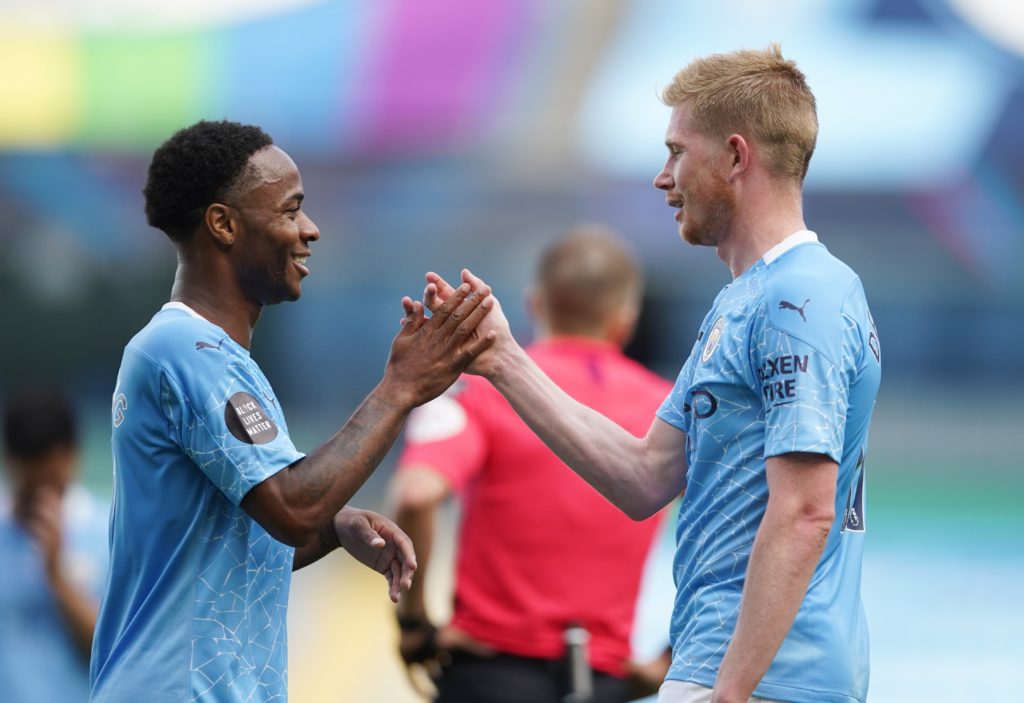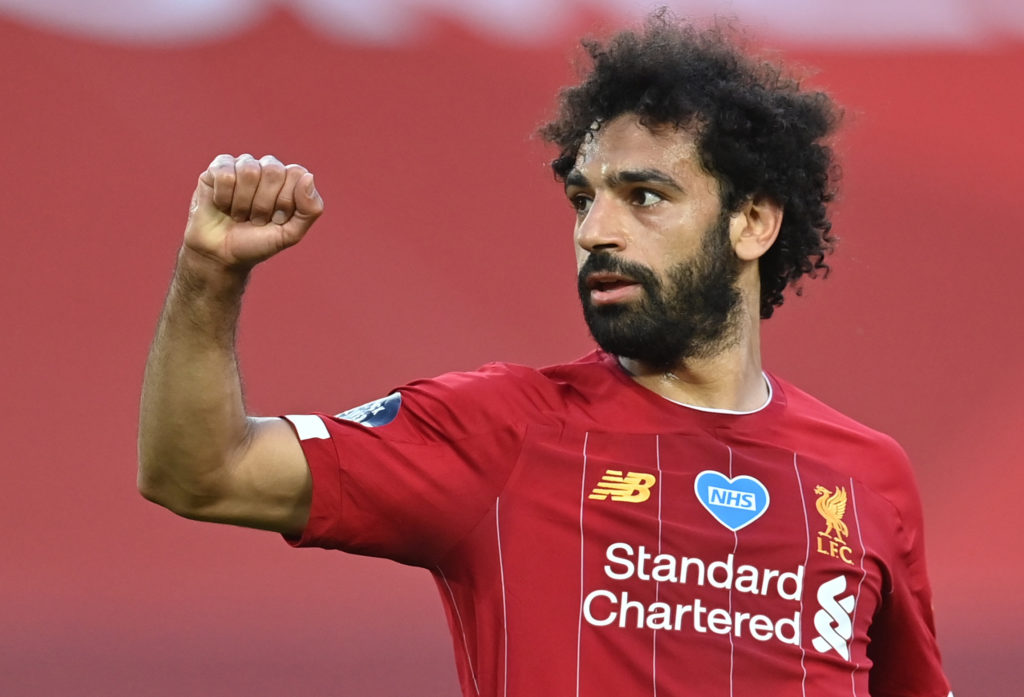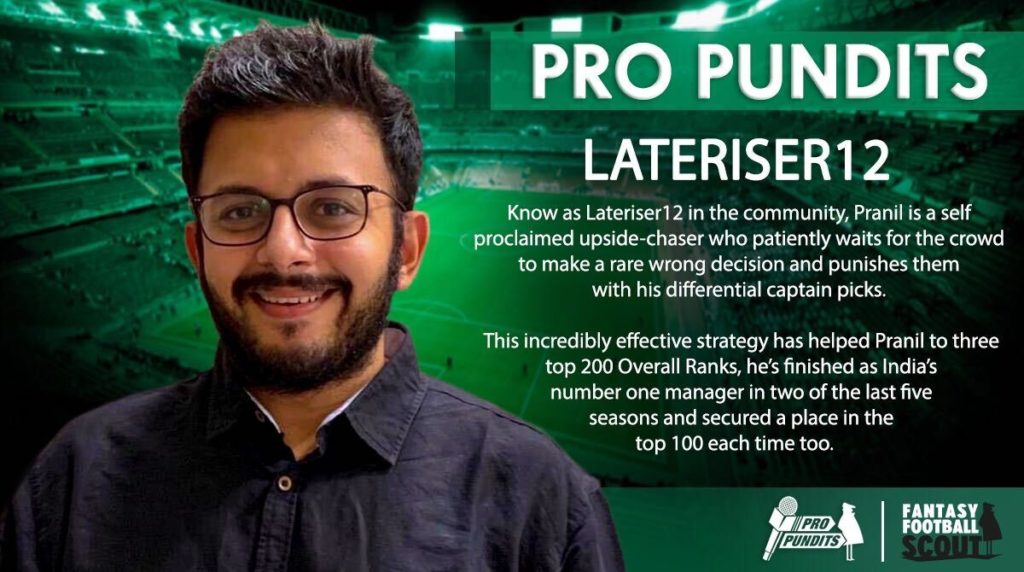It turns out ‘Upside Chasing’ is in vogue these days – but how does it work and how can it help you to Fantasy Premier League success in 2020/21?
As a proponent of this strategy, I thought it would be a good idea to address this buzz-word and, at the same time, look at some of the numbers behind how it works.
It is a style of play that underpinned a successful 2019/20 campaign for me and there’s no reason why you can’t use a similar approach this time around.
So… how does it work? Let’s find out.
What is Upside Chasing?

When you’re faced with tough Fantasy decisions, Upside Chasing is when you pick the option that has the highest ceiling, the best chance of scoring you a massive points haul.
Crucially, Upside Chasing also means recalibrating your mind in terms of what you perceive to be a “high risk” move.
If there is merit in choosing a less popular player, that has a higher ceiling, backed up by eye-test and data, the only reason that choice could be a risk is if you were to pay attention to ownership and, to a certain extent, value (which we’ll talk about later).
Now, there is nothing wrong with paying attention to these factors. I certainly don’t ignore them completely but I would rather play FPL based on what I see on the football pitch and in the Members Area. If I started allowing myself to be mostly led by ownership percentages, I would take a long, hard look at myself in the mirror, I can tell you now.
I’m not saying that playing the percentage game is wrong; I do a fair bit of it. But you should not be scared of the ownership to the extent that it makes you act against your instinct when they are watching a game, catching some highlights on Match of the Day or executing a deep dive into the FFS Members Area.
Simply put, Upside Chasing is about making sure I’m doing the fun (and right) thing rather than letting others dictate my game.
How did I implement Upside Chasing in 2019/20?

Knowing how Upside Chasing works is one thing. Understanding how to put it into practice on specific decisions is something else entirely.
Those of you who read this article last year will know how the performance of top players often varies depending on who the opponent is. Tracking this across a season is the key to understanding the part fixtures play in Upside Chasing.
I noticed early last season that there were a lot of big hitters and I couldn’t own all of them at the same time. This would lead to a high variance in points between Gameweeks.
I also noted that there were a lot of glue guys (set-and-forget options) in my team, primarily in the low to mid-price bracket and I held them for long parts of the season without spending transfers there. This was most of my defence and players like Raúl Jiménez (£8.5m) who just kept on delivering.
I loosely assumed that spending transfers in defence would lead to a net 15 to 20 point profit or loss over five to six Gameweeks.
I could attempt to make the same gain in a single Gameweek with high-impact big-hitter switching for captaincies primarily based on fixtures. This impact was even greater when the person I was captaining had low ownership.
This constant big-hitter switching based on fixtures is a risky strategy and you need to compromise on value for these players as well as not being afraid of ownership while doing the same.
It also a fair assumption to make that some players are not set-and-forget assets and will not maintain consistent form throughout the season as we saw with Mohamed Salah (£12.0m) during his first Liverpool campaign.

If that is the case, and you see a big hitter showcasing that kind of form throughout the season, you don’t need to move him.
Loosely put, this was the largely the thinking implemented last season but there are a lot more moving parts to it.
You don’t look at this as a hard and fast rule and should remain reactive to all the curve balls that FPL throws at you.
In fact, I might not even implement Upside Chasing this season as I strongly believe in having no rules or pre-conceived notions… although it is in my DNA, more often than not, to pick the high-ceiling option.
I realised while talking to Walsh on an FML FPL podcast appearance that it subconsciously stems from years of playing monthly FPL competitions where I used to take multiple hits at the end of the month and I got very used to having an ideal team on paper.
Anyway, enough subjective jabber for now. Let’s dive into the juicy numbers which may or may not validate the thinking behind big-hitter switching for the Upside Chasing theory. This section is for FFS Premium Members only.
Assessing big hitters based on their opponents

Best players by position:
- Goalkeepers: Budget
- Goalkeepers: Premium
- Defenders: Budget
- Defenders: Mid-Price and Premium
- Midfielders: Budget
- Midfielders: Mid-Price
- Midfielders: Premium
- Forwards: Budget
- Forwards: Mid-Price
- Forwards: Premium



3 years, 5 months agoLate reply, how do you set stats per 90 minutes in members area?